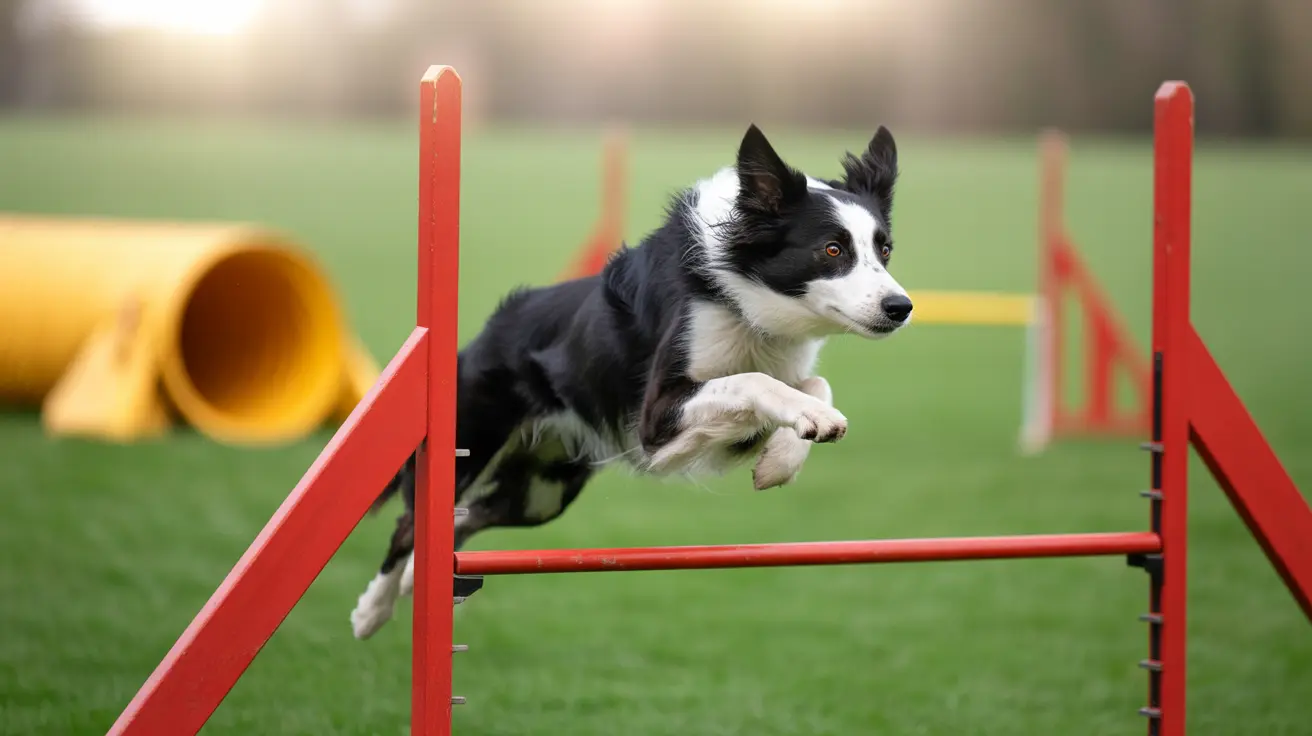Understanding and Treating Happy Tail Syndrome in Dogs
Happy tail syndrome is a common condition in dogs, especially large breeds with long and thin tails. This ailment occurs when a dog repeatedly injures the tip of its tail by wagging it against hard surfaces, such as walls, furniture, or kennel barriers. The trauma can lead to bleeding, sores, and even chronic wounds that are difficult to heal.
Causes and Risk Factors
The primary cause of happy tail syndrome is the enthusiastic tail-wagging behavior of certain dogs. When dogs are confined in small spaces or become particularly excited, their tails may strike surfaces with considerable force. Breeds most susceptible to this condition include:
- Labrador Retrievers
- Great Danes
- Greyhounds
- Vizslas
- Pit Bulls
- Shepherds
- Other large or working breeds
However, any dog with a long, muscular tail is at risk.
Symptoms of Happy Tail Syndrome
Typical signs include:
- Bleeding from the tail tip
- Blood splatters on walls or surfaces
- Visible sores, open wounds, or scabs
- Swelling and hair loss at the tail end
- Frequent licking or biting of the tail
- Signs of discomfort or distress
Some dogs may carry on normally, while others may exhibit behavioral changes due to pain or irritation.
Initial Assessment and Diagnosis
Diagnosis is usually straightforward and based on physical symptoms, breed predisposition, and behavioral history. In cases of recurrent or unexplained bleeding, veterinarians may order blood tests to rule out anemia or clotting disorders.
First Aid and At-Home Treatment
For minor cases, initial management includes:
- Clean the wound gently using mild soap, saline solution, or antiseptic.
- Dry the tail carefully to prevent further irritation.
- Apply a non-stick gauze pad over the wound.
- Secure the bandage using medical tape, ensuring it's snug but not too tight.
- Restrict activity by limiting tail wagging—this may involve crate rest or a calm environment.
Consistency is key, as bandaging tails can be difficult, and dogs often try to remove coverings. Replicating this process at least once daily is often necessary.
Veterinary Treatment Options
When medical attention is required, a veterinarian may recommend:
- Pain relievers or anti-inflammatory medications
- Antibiotics for infected wounds
- Topical creams or ointments to aid healing
- Sedatives to minimize movement and allow healing
If healing doesn't occur or wounds continually reopen, surgical tail amputation (docking) might be necessary. This procedure, though more invasive, can offer a permanent solution by removing the injury-prone portion of the tail.
Preventive Measures
To reduce the chances of recurrence, consider the following strategies:
- Pad hard surfaces at tail level using cushions, blankets, or foam
- Use commercial or DIY tail protectors to absorb impact
- Modify the dog's environment to create more space and safer areas for tail movement
- Train your dog to remain calm in high-stimulation environments
When to Seek Veterinary Help
Immediate vet attention is needed if:
- Bleeding persists or becomes excessive
- There are signs of infection (redness, odor, discharge)
- The wound fails to improve after a week or two
- Your dog seems distressed or in significant pain
Long-Term Outlook and Quality of Life
Dogs can live normal, happy lives after tail amputation. While wagging plays an essential role in canine communication, most dogs adapt quickly. The key is reducing pain and preventing chronic reinjury that could impact their well-being.
Happy tail syndrome might seem like a minor annoyance initially, but repeated incidents can seriously affect a dog’s comfort and health. Whether through conservative management or surgical intervention, appropriate treatment ensures a better quality of life for our tail-wagging companions.





